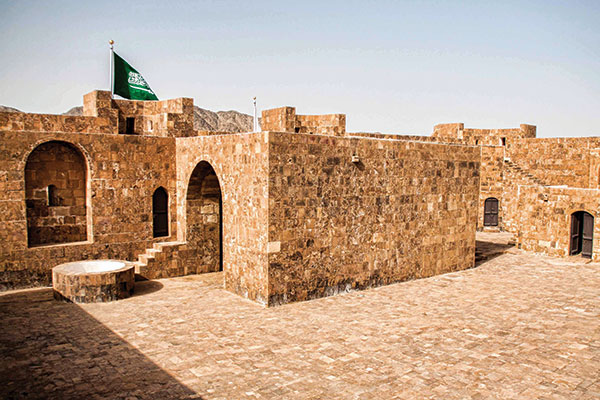Al-Azlam Fort: A Mamluk-Era Stronghold in Saudi Arabia
Visitor Information
Google Rating: 3.9
Popularity: Very Low
Google Maps: View on Google Maps
Country: Saudi Arabia
Civilization: Unclassified
Remains: Military
History
Al-Azlam Fort, situated in Duba municipality of Saudi Arabia, was established by the Mamluk civilization. Its origins date back to the period of the Mamluk Sultanate under Sultan Muhammad ibn Qalawun, who ruled from 1285 to 1341 CE. During this time, the fort was built to serve as a strategic stronghold for controlling and protecting important routes along the eastern coast of the Red Sea.
In the early 16th century, specifically in 1510, the fort underwent significant reconstruction ordered by Sultan Qansuh al-Ghawri, a Mamluk ruler. This renovation likely aimed to reinforce the fort’s defenses and update its facilities to meet changing military needs. Throughout its history, Al-Azlam Fort played an essential role as a supply point for armies defending the Red Sea coastline and acted in support of other nearby coastal forts, collectively safeguarding Islamic lands in the region.
Additionally, Al-Azlam Fort was important in the context of religious pilgrimage. It functioned as a station along the Egyptian pilgrimage route during the later Islamic eras, providing rest and resupply for pilgrims journeying to the holy sites. Over time, this fort also came to be known as Al-Aznam Fort, reflecting local naming variations. Crucially, it stands today as the only remaining fort from the Mamluk era within this part of Saudi Arabia.
Remains
The layout of Al-Azlam Fort encompasses roughly 1,500 square meters, positioned near the primary road connecting the cities of Duba and Al-Wajh. The design centers around a spacious courtyard, which acts as a hub providing entry to various internal spaces. These interior units include multiple rooms of rectangular and semi-circular shapes, alongside a diwan, or assembly hall, traditionally used for meetings and official gatherings.
The fort’s construction prominently features dressed limestone blocks, which are carefully shaped and fitted to form durable walls. This material choice offers both strength and an imposing appearance. Surrounding the complex is a protective wall that encloses the entire site, contributing to its defensive capabilities. The courtyard remains a focal point, serving not only as an open area within the fort but also as a means to organize access to individual chambers.
Today, the fort’s structural elements are largely preserved in situ, allowing a clear understanding of its arrangement and function. These features collectively illustrate the fort’s role as a fortified supply and administrative center in its historical context, reflecting the architectural practices and military needs of the Mamluk period in this region.





